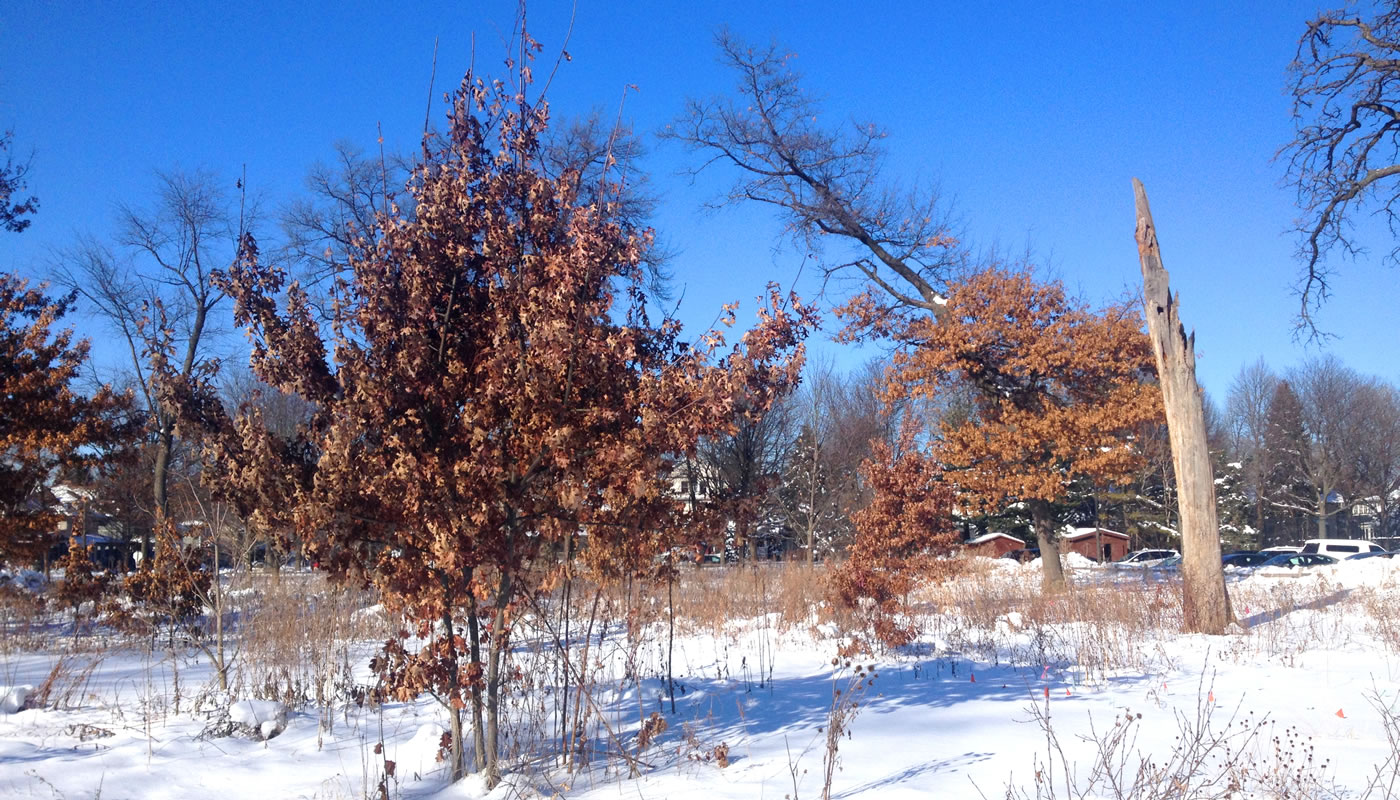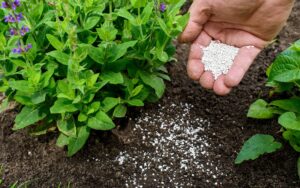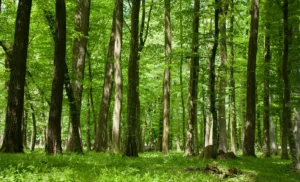As autumn fades and winter approaches, many people expect to see bare branches lining the streets and countryside. However, some trees stubbornly hold onto their leaves well into the colder months, a phenomenon that often sparks curiosity and concern. According to Dr. Karen Roberts, a forest ecologist at Greenfield University, “This retention of leaves, known as marcescence, is a natural process observed in certain tree species and can be influenced by environmental factors. Understanding it can help homeowners and landscapers make informed decisions about tree care.”
The Science Behind Marcescence
Marcescence refers to the retention of dead leaves on trees after other species have shed theirs. While it might seem unusual, it’s a natural occurrence in many trees such as oaks, beeches, and hornbeams. This phenomenon is particularly common in younger trees or lower branches.
Dr. Roberts explains that marcescence may serve several evolutionary purposes:
- Winter Protection for Buds: Dead leaves can act as a protective layer, shielding young buds from winter frost and wind.
- Delayed Nutrient Release: By holding onto leaves, trees can ensure that nutrients are returned to the soil closer to the growing season.
- Herbivore Deterrence: Retained leaves may make the branches less palatable or accessible to animals during winter months.
Environmental conditions, such as a warm autumn or early frost, can also disrupt the normal process of leaf shedding, leaving trees with leaves that persist into winter.
Practical Implications for Homeowners
While marcescence is a fascinating natural adaptation, it can pose practical challenges for homeowners. Managing trees that retain leaves requires specific strategies to ensure their health and maintain the aesthetics of your property.
Dr. Roberts advises, “Pruning is one of the most effective methods for dealing with persistent leaves, especially when they’re accompanied by dead or diseased branches. It’s best to prune in late winter or early spring, just before new growth begins.”
Other recommended practices include:
- Regular Inspection: Monitor trees for signs of stress, such as leaf discoloration or fungal growth.
- Gentle Dislodging: For smaller trees, a light shake or water spray can help loosen stubborn leaves.
- Mulching and Composting: Fallen leaves can be shredded and repurposed as mulch to enrich the soil, reducing waste and benefiting the environment.
Timing Tree Care Efforts
When dealing with trees that retain leaves, timing is everything. Late winter pruning ensures that marcescent leaves don’t interfere with spring growth. Additionally, removing leaves and debris from the base of trees during early spring can prevent the buildup of fungi and pests.
Dr. Roberts emphasizes, “Patience is key. Allow the tree to follow its natural cycle, intervening only when necessary to prevent disease or structural damage.”
Environmental Benefits of Marcescence
Far from being a problem, marcescent trees offer several ecological advantages. Retained leaves provide habitats for insects and small animals during winter. They also contribute to soil fertility when they eventually fall, supporting a healthy ecosystem.
From a landscaping perspective, marcescent trees add visual interest to a winter garden, their golden or brown leaves standing out against bare branches and snow-covered ground.
Sustainable Leaf Management
To manage leaves sustainably, homeowners can explore several options. Composting is an excellent way to turn fallen leaves into nutrient-rich material for gardens. Alternatively, many municipalities offer leaf collection services during fall and winter. Community gardens and farms often welcome donations of organic material like leaves for mulching or composting purposes.
Dr. Roberts recommends integrating sustainable practices into yard care routines, noting, “Small efforts like composting and proper pruning can make a big difference in preserving the health of your trees and the broader environment.”
Common Mistakes to Avoid
When dealing with trees that retain leaves, it’s important to avoid common pitfalls. Aggressive pruning or shaking can damage branches, particularly in young or delicate trees. Burning leaves may seem like a quick fix, but it’s often prohibited and harmful to the environment. Neglecting leaf piles can lead to pest infestations and fungal growth, which may affect nearby plants and trees.
By following expert advice and embracing environmentally friendly practices, you can ensure the health of your trees and enhance the beauty of your property.
Conclusion
Understanding why some trees retain their leaves can transform your perspective on this common phenomenon. With insights from experts like Dr. Roberts and practical tips for tree care, you can navigate the challenges of marcescence with confidence. This winter, celebrate the unique beauty of these trees while taking steps to ensure their health and longevity.
References
- Roberts, Karen. Interview on Marcescence. Greenfield University, 2025.
- Arbor Day Foundation. “Tree Care and Maintenance.” Retrieved January 2025, from www.arborday.org.
- Smith, John. “The Role of Marcescence in Forest Ecology.” Journal of Botanical Sciences, 2023.
- United States Forest Service. “Seasonal Tree Adaptations.” Accessed January 2025, from www.fs.usda.gov.





